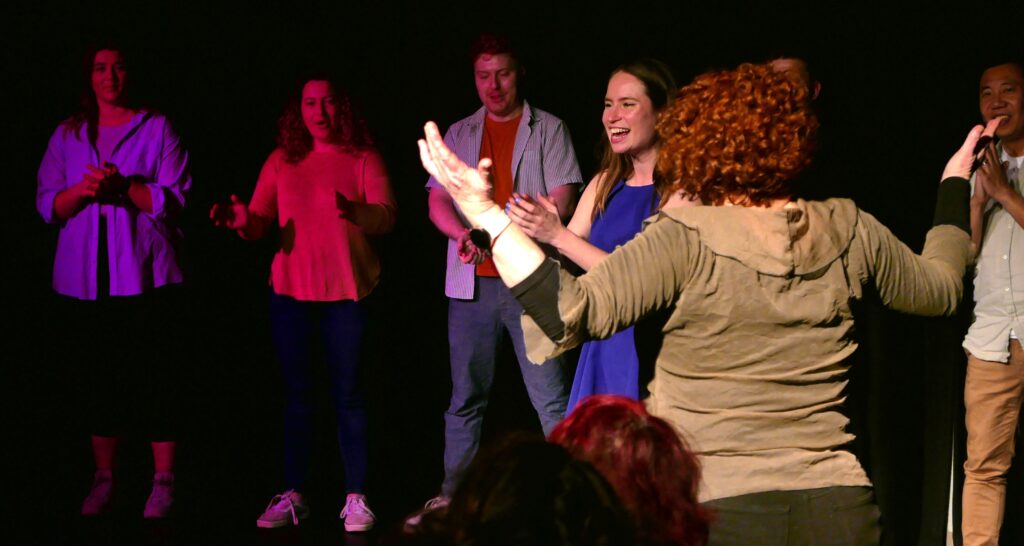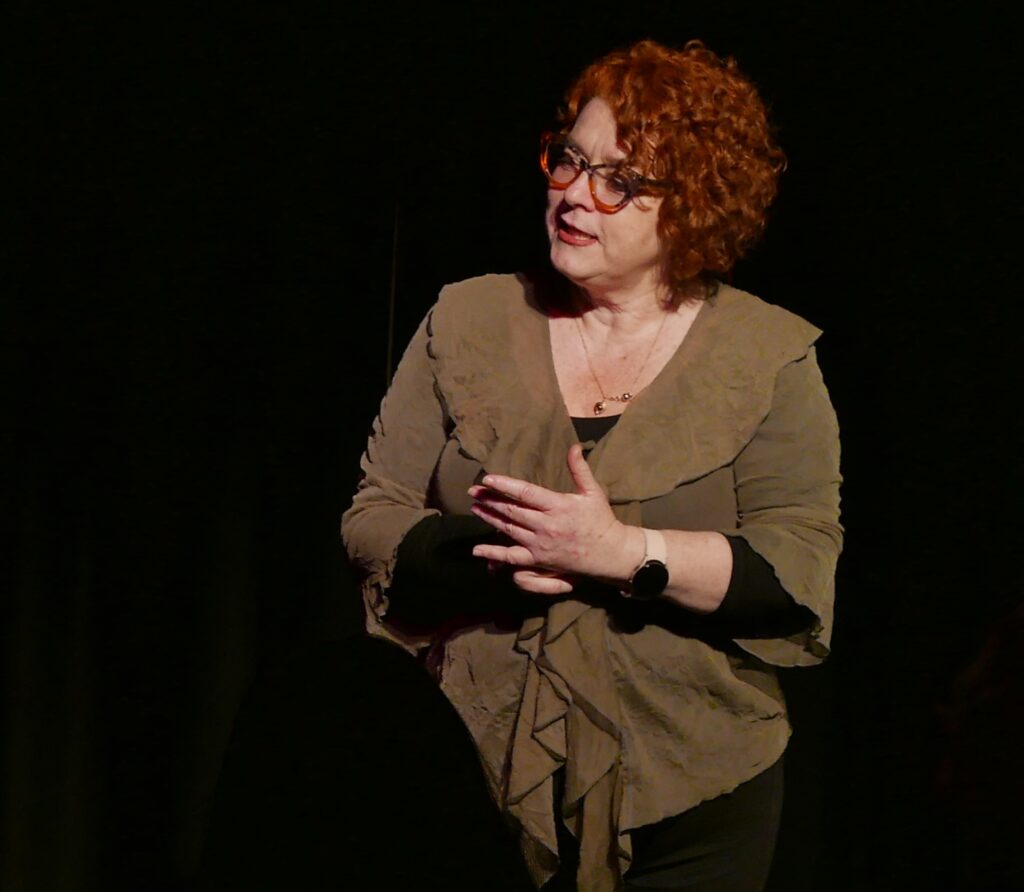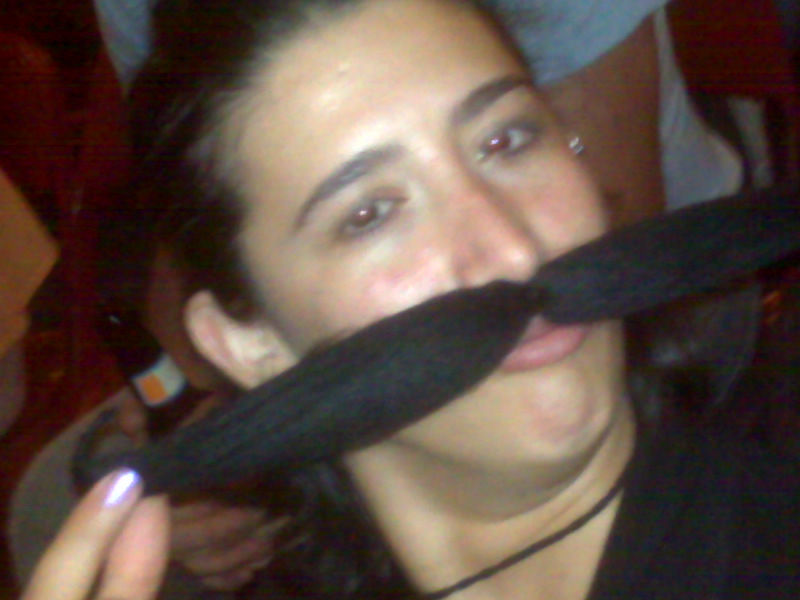For some reason there are ads all over Chicago for apartment finders. Whether it’s tough and there are lots of time-poor cash-rich people prepared to pay for it, or it’s just that so many people are looking, I don’t know. Here is a photo of an apartment finders car ad.
Last night there was apparently a tornado siren in the city (while we were here at the theatre enjoying the Armando).
You can imagine that this information freaked me out this morning!! I’m just not schooled in wild weather protocol. Of course I lived on the North Coast NSW for years and there were cyclone warnings, and that was fine, I knew what to do. But a siren!!! Whheeeeew!!!
This morning’s class started with another set of African Hunting Dog. Our soundscape was a haunting minor melody. So good to be part of it
Exercises:
– try to be illogical – make every line a non-sequitur – it’s hard… So stop worrying about being logical with your dialogue, that’s the easiest part – we improvise our dialogue all day
Structure of the Harold
– opening
Scene a, scene b, scene c
– “fun time” (again like the opening, refresh, regenerate what’s important,
Scenes 2a, 2b, 2c
-Fun time
Scenes 3 if time
Hints for 2nd beats – goal is to reflect on it differently:
– if you follow story in one beat, don’t do it again
– follow location (who else is there)
– follow an object (the tea pot), the book, the ashtray)
– follow theme (sex lecture to sex lecture)
– follow character – put them in a new place
– follow or contrast style – scene 1B was blue collar workers, scene 2B might be posh men at a club; or 1B was film noir, so 2B is film noir but not plot related
Jet’s ideas for today:
– I don’t believe in good or bad improv, only in making it easier
– in the same way we don’t talk about what we’re doing when we do object work, we don’t talk about emotions – they just infuse the scene and the character
– we don’t need a complex story, we need layers (sub text, style, call backs)
– if you find yourself “flipping” into your head/voice in your head, be in your body, be in your environment, be in your partner
– adding a style (genre) to a scene makes it physical and emotional
– openings are designed to show off your skills, make the audience feel they can trust you
– if your scene partner says “let’s do something”, then DO IT and NOW – it takes the thought out
– if you don’t know a genre, watch your scene partner, then do what they do, but more (OVER accept)
– take different things from the opening – if someone takes location from the opening, take something else (character, theme, etc)
– if what you take from the opening is not clear to the audience then that’s probably better than it being a carbon copy of the opening (yawn)
– I always have more fun when what I bring to the scene is simple
– one of my classes was doing bad scene work, so I said no more plot, just characters. if it’s plot driven we see the same scenes over, but there are so many characters
– more than half the time at iO we don’t get to the 3rd beat because we run out of time
– combat too much plot by introducing emotion (done a lot in Shakespeare, musicals)
– play slow, edit fast, follow the joy.
Another joyous morning, and now on to the afternoon.





